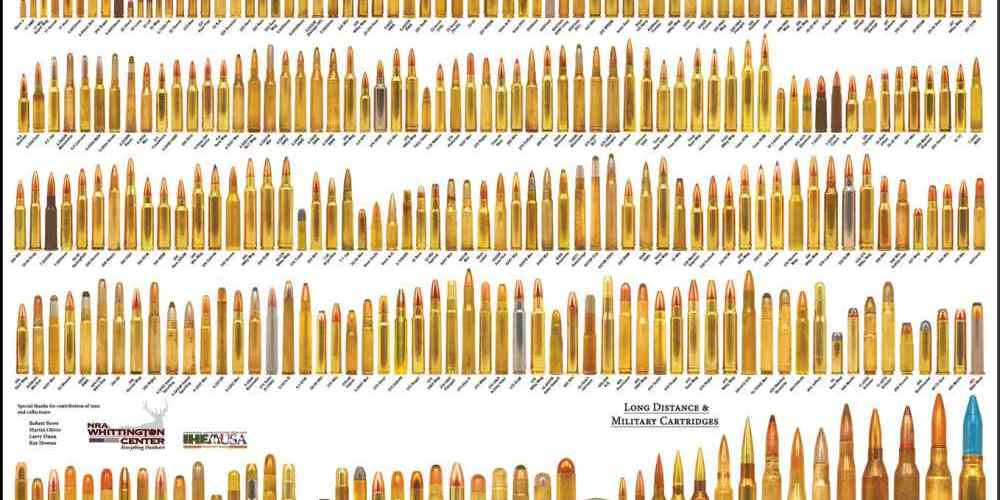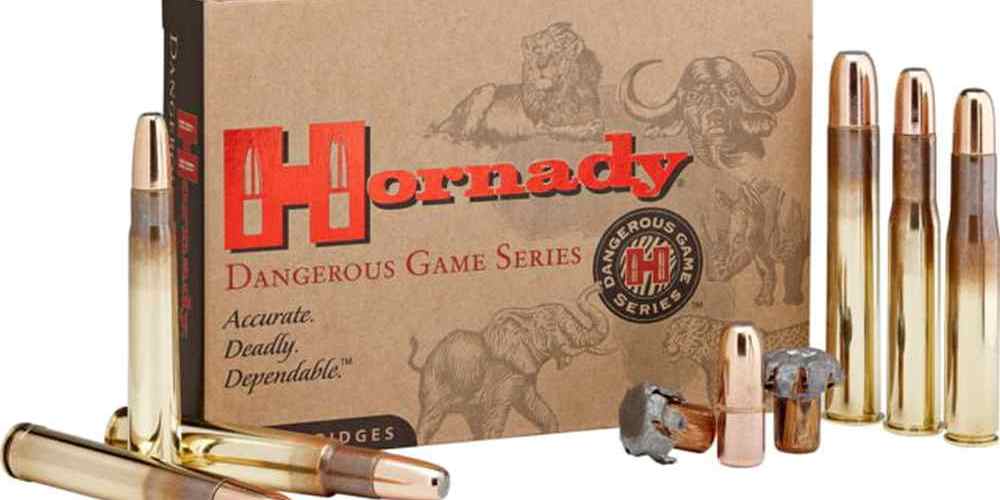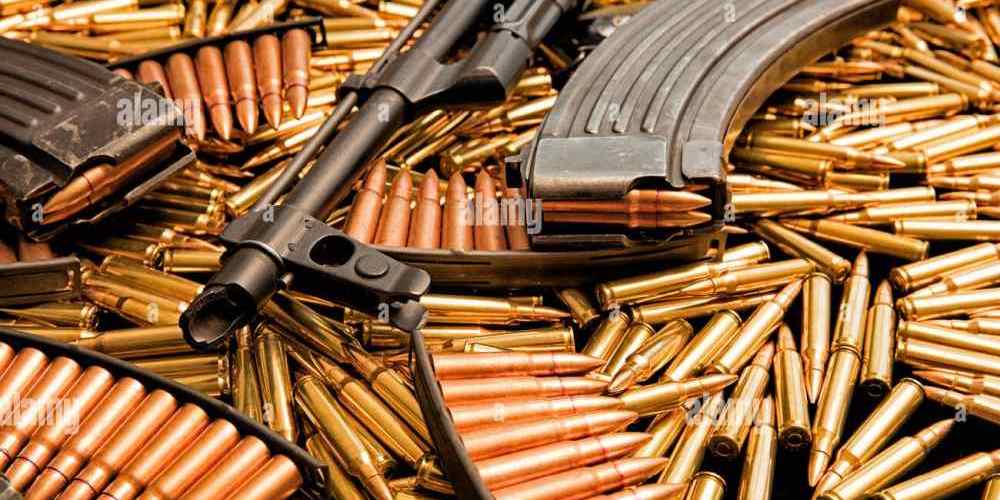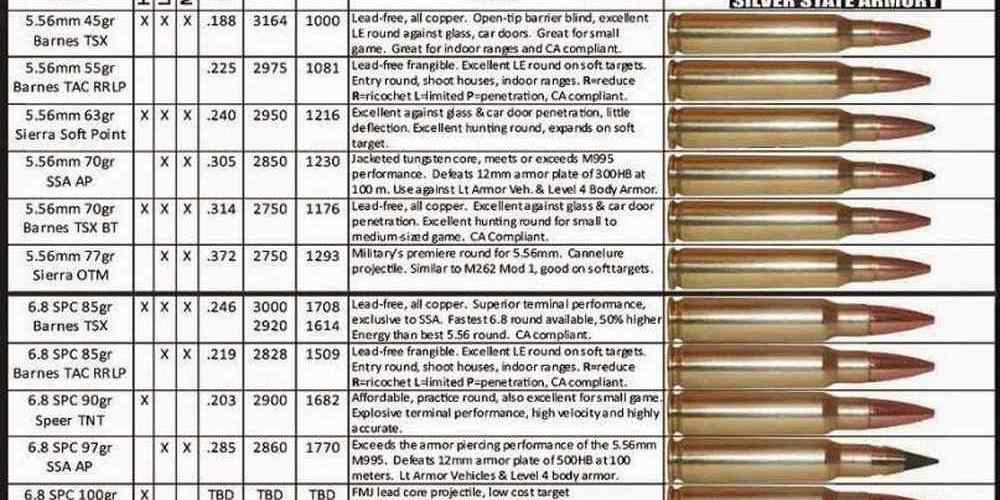Unveiling the inner workings of rifle ammunition.
Components of Rifle Ammunition
Rifle ammunition is a crucial component of any firearm, providing the necessary power to propel a bullet towards its target. Understanding the anatomy of rifle ammunition is essential for any gun enthusiast or hunter. In this article, we will dissect the components of rifle ammunition to give you a better understanding of how it works.
At the heart of rifle ammunition is the cartridge, which is made up of several key components. The first component is the case, which holds all the other components together. The case is typically made of brass, although it can also be made of steel or aluminum. The case is designed to withstand the pressure generated by the ignition of the propellant and to seal the chamber of the firearm to prevent gas from escaping.
Inside the case is the primer, which is a small metal cup containing a volatile chemical compound. When the firing pin strikes the primer, it ignites, creating a small explosion that ignites the propellant. The propellant is a specially formulated powder that burns rapidly, generating a large volume of gas that propels the bullet down the barrel of the firearm.
The bullet is the projectile that is fired from the rifle. It is typically made of lead or a lead alloy, although some bullets may have a copper or steel jacket to improve their performance. The bullet is seated in the case and is held in place by the neck of the case. When the propellant ignites, the expanding gas pushes the bullet out of the case and down the barrel of the firearm.
The neck of the case is the portion of the case that holds the bullet in place. It is typically slightly smaller in diameter than the bullet, allowing for a tight fit that ensures proper alignment of the bullet with the barrel of the firearm. The neck may also be crimped to further secure the bullet in place.
The shoulder of the case is the portion of the case where the body of the case meets the neck. The shoulder is designed to provide a smooth transition from the body of the case to the neck, ensuring that the case expands uniformly when the propellant ignites. This helps to prevent gas from escaping around the case and ensures that the bullet is propelled down the barrel with maximum efficiency.
The body of the case is the largest portion of the case and is where the propellant is contained. The body is typically cylindrical in shape, although it may be tapered or bottlenecked depending on the caliber of the cartridge. The body is designed to withstand the pressure generated by the ignition of the propellant and to expand uniformly to seal the chamber of the firearm.
In conclusion, rifle ammunition is a complex and carefully engineered system that is designed to deliver maximum performance and accuracy. By understanding the anatomy of rifle ammunition, you can gain a greater appreciation for the technology that goes into every round fired from your firearm. So next time you load your rifle, take a moment to appreciate the precision and craftsmanship that goes into each cartridge.

How Bullets are Made
Rifle ammunition is a crucial component of any firearm, providing the necessary power to propel a bullet towards its target. Understanding the anatomy of rifle ammunition is essential for gun enthusiasts and hunters alike. In this article, we will delve into the intricate details of how bullets are made, from the casing to the primer to the projectile itself.
At the heart of every cartridge is the casing, which serves as the container for all the other components. Typically made of brass, the casing is designed to withstand the high pressures generated during firing. The casing also plays a crucial role in sealing the chamber of the firearm, preventing gas from escaping and ensuring that the bullet is propelled forward with maximum force.
Inside the casing, you will find the primer, a small metal cup containing a volatile compound that ignites when struck by the firing pin. The primer is the first component to ignite when the trigger is pulled, creating a spark that sets off the gunpowder inside the casing. Without the primer, the cartridge would not be able to fire, making it a vital part of the ammunition assembly.
Next comes the gunpowder, a mixture of chemicals that combusts rapidly when ignited, generating a large volume of gas. This gas builds up pressure inside the casing, forcing the bullet out of the barrel and towards its target. The amount of gunpowder used in a cartridge is carefully calibrated to achieve the desired velocity and trajectory for the bullet, making it a critical factor in determining the performance of the ammunition.
Finally, we come to the projectile, or bullet, itself. Made of lead or a lead alloy, the bullet is the part of the cartridge that actually strikes the target. The shape and weight of the bullet can vary depending on the intended use of the ammunition, with different designs optimized for accuracy, penetration, or expansion upon impact. The bullet is seated inside the casing, held in place by the neck of the casing and the crimp at the mouth of the casing.
In addition to these main components, rifle ammunition may also include additional features such as a jacket, which is a thin layer of metal that surrounds the lead core of the bullet. Jackets can improve the aerodynamics of the bullet, reduce fouling in the barrel, and enhance penetration upon impact. Some bullets also feature a hollow point design, which is intended to expand upon impact, creating a larger wound channel and increasing the likelihood of incapacitating the target.
In conclusion, rifle ammunition is a complex and carefully engineered product that relies on a combination of components working together in perfect harmony. From the casing to the primer to the gunpowder to the bullet itself, each part plays a crucial role in ensuring that the cartridge functions as intended. By understanding the anatomy of rifle ammunition, gun enthusiasts can gain a deeper appreciation for the craftsmanship and precision that goes into making these essential tools for hunting and shooting sports.
Different Types of Cartridges
When it comes to rifle ammunition, there are a variety of different types of cartridges to choose from. Each type has its own unique characteristics and is designed for specific purposes. In this article, we will take a closer look at some of the most common types of cartridges used in rifles and explore their anatomy.
One of the most popular types of cartridges is the .223 Remington. This cartridge is commonly used in AR-15 rifles and is known for its accuracy and versatility. The .223 Remington cartridge consists of a brass casing, a primer, gunpowder, and a bullet. The bullet is typically a .224 caliber projectile weighing between 55 and 77 grains. The .223 Remington cartridge is a favorite among target shooters and hunters alike due to its flat trajectory and minimal recoil.
Another common type of cartridge is the .308 Winchester. This cartridge is popular among hunters and long-range shooters for its power and accuracy. The .308 Winchester cartridge is larger than the .223 Remington and typically fires a .308 caliber projectile weighing between 150 and 180 grains. Like the .223 Remington, the .308 Winchester cartridge consists of a brass casing, a primer, gunpowder, and a bullet. The .308 Winchester cartridge is known for its ability to take down large game at long distances.
For those looking for even more power, the .30-06 Springfield cartridge is a popular choice. This cartridge is commonly used in bolt-action rifles and is known for its long-range capabilities. The .30-06 Springfield cartridge fires a .308 caliber projectile weighing between 150 and 220 grains. The cartridge consists of a brass casing, a primer, gunpowder, and a bullet. The .30-06 Springfield cartridge is a favorite among big game hunters for its stopping power and accuracy.
If you’re in the market for a cartridge with even more power, the .50 BMG (Browning Machine Gun) cartridge is the way to go. This cartridge is used in heavy machine guns and sniper rifles and is known for its extreme long-range capabilities. The .50 BMG cartridge fires a .510 caliber projectile weighing between 650 and 800 grains. The cartridge consists of a brass casing, a primer, gunpowder, and a bullet. The .50 BMG cartridge is capable of taking down vehicles and aircraft at long distances.
In conclusion, there are a variety of different types of cartridges to choose from when it comes to rifle ammunition. Each type has its own unique characteristics and is designed for specific purposes. Whether you’re a target shooter, hunter, or long-range shooter, there is a cartridge out there for you. So next time you’re at the range or out in the field, take a moment to appreciate the anatomy of the cartridge that is powering your rifle.
Importance of Bullet Design
When it comes to rifle ammunition, the design of the bullet plays a crucial role in its performance. The importance of bullet design cannot be overstated, as it directly impacts factors such as accuracy, velocity, and terminal ballistics. In this article, we will delve into the intricacies of bullet design and explore how different features can affect the overall performance of a cartridge.
One of the key components of bullet design is the shape of the projectile. The shape of a bullet can have a significant impact on its flight characteristics and terminal performance. For example, bullets with a pointed or boat-tail design are more aerodynamic and experience less drag in flight, resulting in higher velocities and better long-range accuracy. On the other hand, bullets with a flat or hollow-point design are designed to expand upon impact, creating a larger wound channel and increasing stopping power.
Another important aspect of bullet design is the weight of the projectile. The weight of a bullet is measured in grains, with heavier bullets typically offering better penetration and terminal performance. However, heavier bullets may also experience more drop and drift at longer ranges, so it is important to find a balance between weight and velocity for optimal performance.
In addition to shape and weight, the construction of the bullet also plays a crucial role in its performance. Most rifle bullets are made from a lead core surrounded by a copper jacket, which helps to control expansion and retain weight upon impact. Some bullets also feature a polymer tip or ballistic tip, which helps to initiate expansion upon impact and improve terminal ballistics.
The design of the bullet’s ogive, or the curve of the projectile’s nose, can also impact its performance. Bullets with a more aggressive ogive tend to have a higher ballistic coefficient, resulting in better long-range accuracy and retained energy. However, bullets with a more rounded ogive may be better suited for short-range shooting or hunting applications.
Overall, the design of a bullet is a complex and intricate process that requires careful consideration of a variety of factors. By understanding the importance of bullet design, shooters can make informed decisions when selecting ammunition for their rifles. Whether you are a competitive shooter looking for maximum accuracy or a hunter seeking optimal terminal performance, the design of the bullet is a critical factor that should not be overlooked.
In conclusion, the design of a bullet is a critical component of rifle ammunition that directly impacts its performance. Factors such as shape, weight, construction, and ogive all play a role in determining the flight characteristics and terminal ballistics of a cartridge. By understanding the importance of bullet design, shooters can make informed decisions when selecting ammunition for their rifles. So next time you load up your rifle, take a moment to appreciate the intricate design of the bullet that is about to be sent downrange.
The Impact of Cartridge Anatomy on Performance
When it comes to rifle ammunition, understanding the anatomy of a cartridge is crucial for achieving optimal performance. The components of a cartridge work together to deliver the projectile downrange with accuracy and power. From the case to the primer to the bullet, each part plays a vital role in the overall function of the cartridge.
Let’s start by examining the case, which is typically made of brass or steel. The case holds all the other components of the cartridge together and provides a seal to prevent gas from escaping when the round is fired. The case also serves as a chamber for the powder and primer. The size and shape of the case can impact the overall performance of the cartridge, affecting factors such as velocity, pressure, and accuracy.
Next, we have the primer, which is a small, sensitive explosive located at the base of the cartridge. When the firing pin strikes the primer, it ignites, creating a spark that ignites the powder inside the case. The primer is essential for initiating the firing sequence and is a critical component in ensuring the cartridge functions properly. Different types of primers can be used, depending on the specific needs of the cartridge and firearm.
Moving on to the powder, which is the propellant that generates the gas pressure needed to propel the bullet down the barrel. The type and amount of powder used in a cartridge can significantly impact its performance. Too much powder can create excessive pressure, leading to potential safety hazards, while too little powder can result in reduced velocity and accuracy. It is essential to carefully measure and load the correct amount of powder for each cartridge to achieve optimal performance.
Finally, we come to the bullet, which is the projectile that is fired from the rifle. Bullets come in various shapes and sizes, each designed for specific purposes. The weight, shape, and composition of the bullet can affect its trajectory, penetration, and terminal ballistics. Choosing the right bullet for your intended use is crucial for achieving the desired performance from your rifle.
In conclusion, the anatomy of a cartridge plays a significant role in determining the performance of rifle ammunition. Each component – the case, primer, powder, and bullet – must work together seamlessly to deliver accurate and powerful shots. Understanding how these components interact and affect each other is essential for achieving optimal performance from your rifle. By carefully selecting and loading cartridges that are well-designed and properly assembled, you can ensure that your rifle performs at its best in any shooting situation. So, the next time you load up your rifle, take a moment to appreciate the intricate design and functionality of the cartridges you are using – it could make all the difference in your shooting experience.






